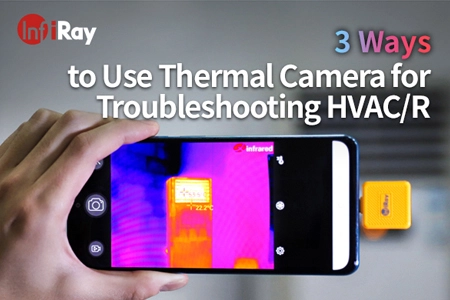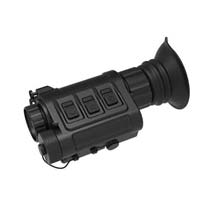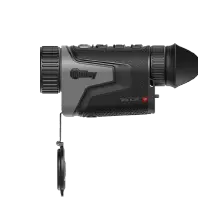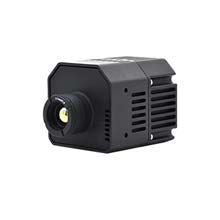The Importance of Thermal Sensitivity for Detection Accuracy
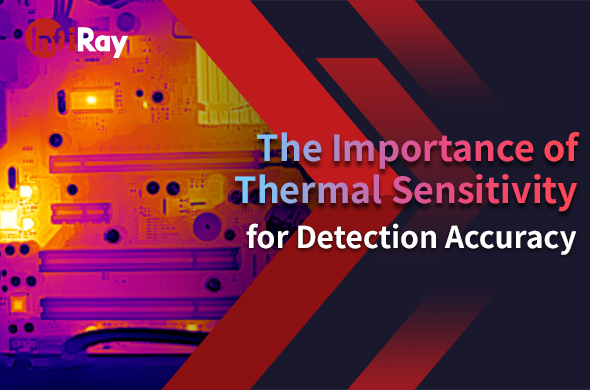
In a world where accuracy is paramount, the role of thermal sensitivity in various detection technologies cannot be overstated. Whether it's for medical imaging, industrial inspections, or military applications, the ability to detect even subtle temperature variations is essential.
Understanding Thermal Sensitivity
At its core, thermal sensitivity refers to an instrument's capability to detect and measure even the most minor temperature differences accurately. Think of it as a superpower for detecting thermal variations that might go unnoticed by the human eye. By quantifying these variations, technology can provide invaluable insights and data.
Thermal sensitivity is usually measured in milliKelvins (mK) or microKelvins (μK), where 1 mK is equivalent to 0.001°C. Higher thermal sensitivity equates to a better ability to distinguish minute temperature changes, making it an essential factor in many detection applications.
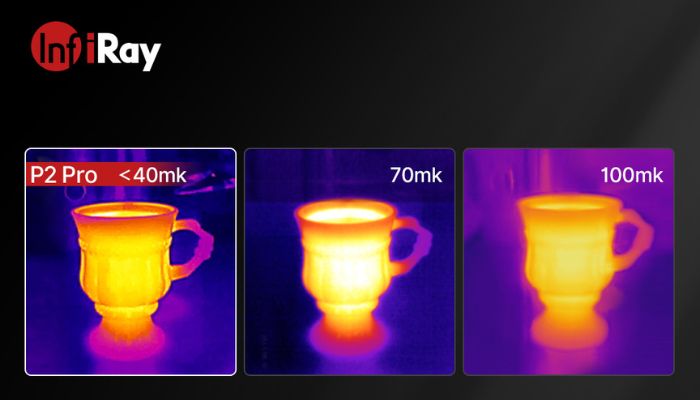
Factors Influencing Detection Accuracy
To appreciate the importance of thermal sensitivity, one must first consider the factors that influence detection accuracy. These factors can include temperature variations, environmental conditions, and the quality of equipment.
1. Temperature Variations: Ambient temperatures can fluctuate, affecting the accuracy of thermal imaging or other detection methods. For instance, a minor change in the environment can impact the precision of medical diagnostics or quality control in industrial settings. Thermal sensitivity helps mitigate these variations.
2. Environmental Conditions: Harsh environments, such as those encountered in military and aerospace applications, can pose significant challenges for detection accuracy. Here, the ability to detect subtle temperature changes is crucial for safety and mission success.
3. Equipment Quality: The quality of the detection equipment itself plays a significant role. Devices with higher thermal sensitivity are generally more precise, making them a preferred choice in applications where accuracy is critical.
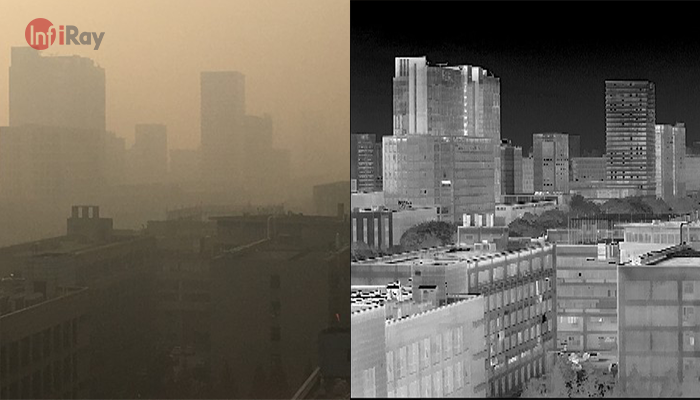
Applications of Thermal Sensitivity
The importance of thermal sensitivity becomes apparent when considering its applications across different industries:
1. Medical Imaging: In the medical field, thermal sensitivity is a game-changer. It enables the early detection of health issues by identifying abnormal temperature patterns in the body. This is particularly valuable in cancer detection and disease diagnosis.
2. Industrial Inspections: In manufacturing and quality control, detecting defects or irregularities is crucial. Thermal sensitivity allows for the identification of even minor temperature differences that may indicate equipment malfunctions or product defects.
3. Search and Rescue: High thermal sensitivity is crucial for search and rescue operations. It allows search teams to identify individuals or heat sources, even in adverse conditions, such as low light or inclement weather. This is especially valuable when time is of the essence, and lives may be at stake.
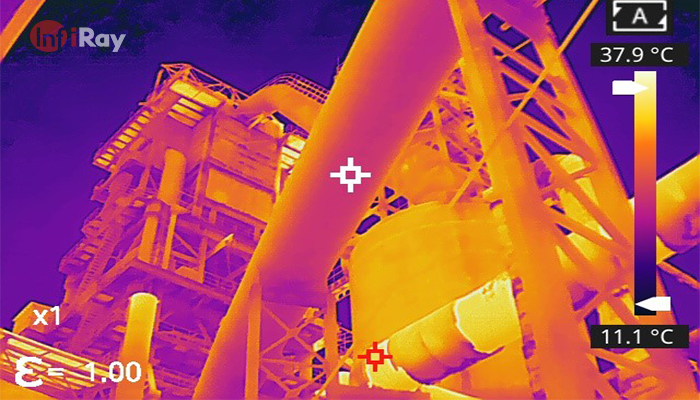
Benefits of High Thermal Sensitivity
Why is high thermal sensitivity so vital in these applications? Let's explore the benefits:
1. Improved Precision: High thermal sensitivity ensures that temperature differences are accurately measured, leading to more precise results in medical diagnoses, manufacturing inspections, and military operations.
2. Enhanced Safety: In applications such as detecting faulty electrical systems or spotting potential hazards in industrial settings, thermal sensitivity can prevent accidents, ensuring the safety of workers.
3. Cost-Effectiveness: By identifying issues early on, high thermal sensitivity can save both time and resources. In medical diagnostics, for instance, it can lead to earlier treatment and better outcomes, potentially reducing overall healthcare costs.
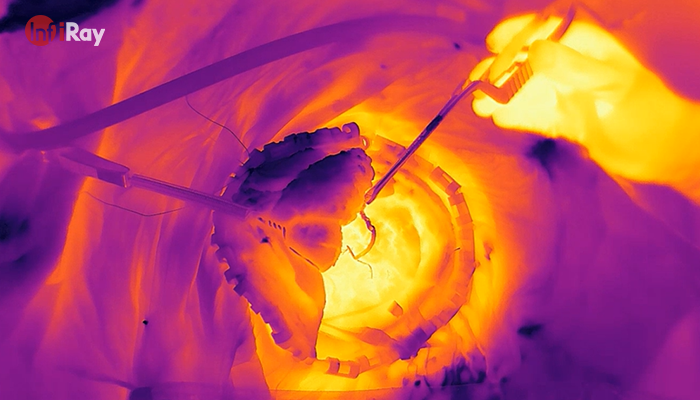
Technology Advancements
Technology continues to evolve, and advancements in thermal sensitivity play a significant role in improving detection accuracy. Infrared imaging technology has made substantial progress in recent years, allowing for higher thermal sensitivity and improved image quality. Additionally, sensor technologies have become more sophisticated, leading to better detection equipment.

Taken by InfiRay 1920 resolution thermal module
Challenges and Limitations
While thermal sensitivity is invaluable, it's essential to acknowledge the challenges and limitations. Factors like cost constraints and sensitivity to environmental conditions can pose hurdles. However, advancements in technology and a better understanding of these limitations have paved the way for solutions and workarounds.
Thermal sensitivity is a critical factor in ensuring detection accuracy across various fields. Its ability to detect even the slightest temperature variations empowers technology to make precise measurements and identify issues early. As technology continues to advance, so too will our ability to harness the power of thermal sensitivity for the benefit of society.

 français
français  Deutsch
Deutsch  Español
Español  italiano
italiano  русский
русский  português
português  العربية
العربية  日本語
日本語  한국어
한국어  magyar
magyar 






